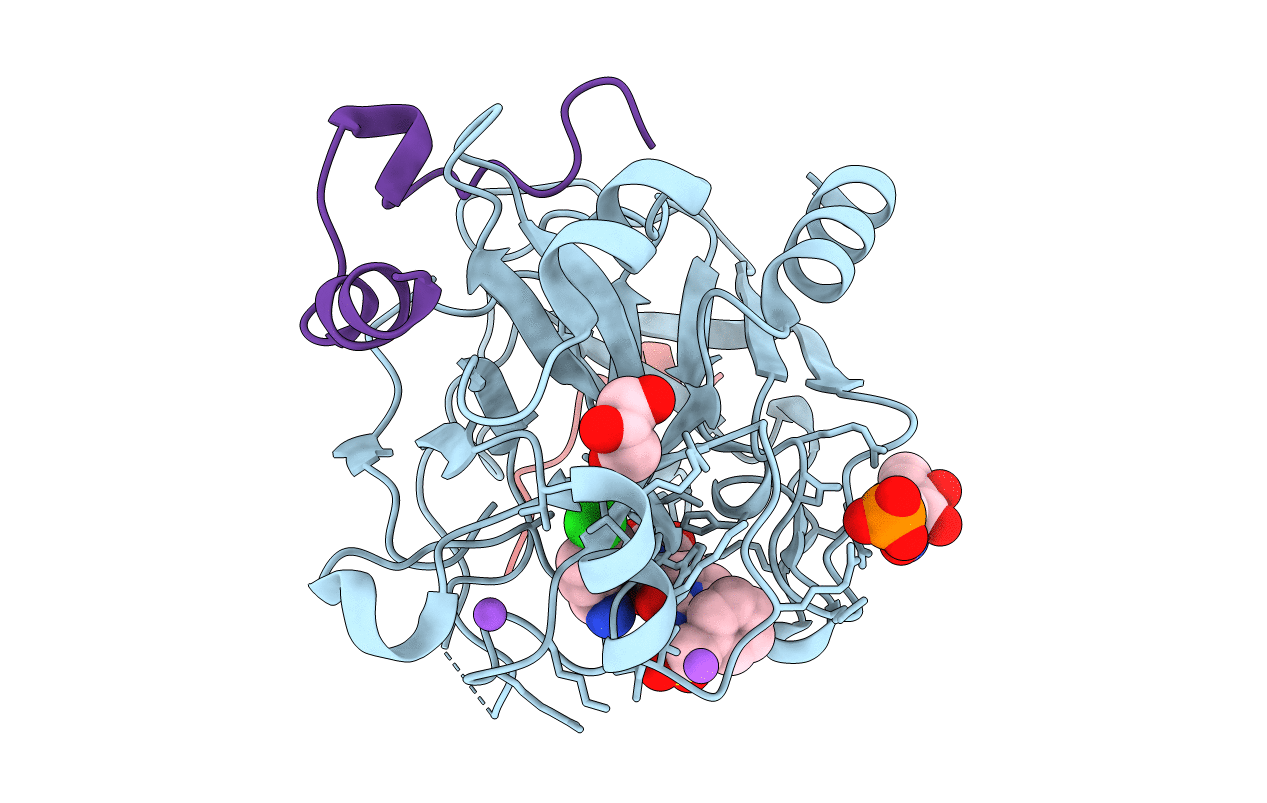
Deposition Date
2011-04-21
Release Date
2012-04-25
Last Version Date
2024-10-09
Entry Detail
Biological Source:
Source Organism:
Hirudo medicinalis (Taxon ID: 6421)
Homo sapiens (Taxon ID: 9606)
Homo sapiens (Taxon ID: 9606)
Method Details:
Experimental Method:
Resolution:
1.53 Å
R-Value Free:
0.18
R-Value Work:
0.15
R-Value Observed:
0.16
Space Group:
C 1 2 1


